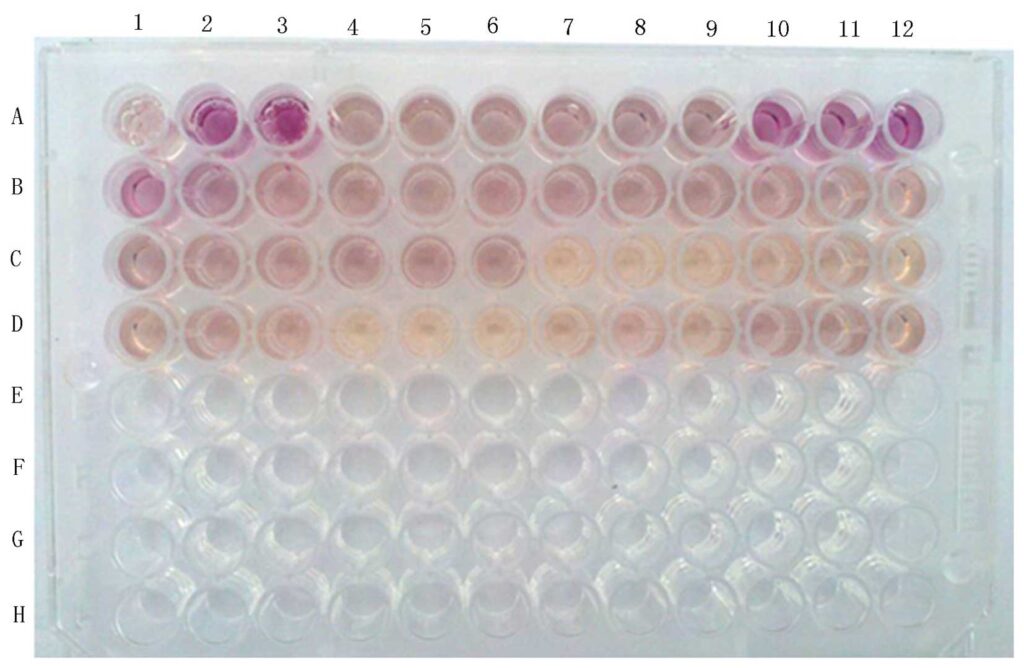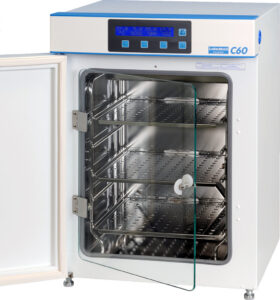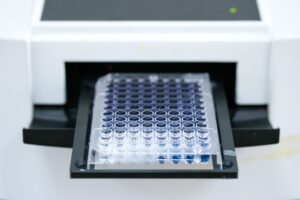
The Lactate Dehydrogenase (LDH) assay is a widely used biochemical method to assess cellular cytotoxicity and cytolysis. LDH is a stable cytoplasmic enzyme that is released into the surrounding medium when the plasma membrane of cells is damaged or lysed. By quantifying the amount of LDH activity in the supernatant, one can determine the extent of cell death caused by various cytotoxic agents or conditions. This assay provides a sensitive and quantitative measure of cell membrane integrity.
Test Details
Procedure
- Cells were seeded and cultured in appropriate vessels, and following treatment, the culture supernatant was carefully collected.
- A reaction mixture containing lactate, NAD+, and a suitable buffer was added to the collected supernatant, allowing LDH present to catalyze the conversion of lactate to pyruvate, reducing NAD+ to NADH.
- The rate of NADH production, which is directly proportional to the LDH activity (and thus the number of lysed cells), was then measured spectrophotometrically by monitoring the increase in absorbance at a specific wavelength over time.
- Korzeniewski, C., & Callewaert, G. (1983). An enzymatic assay for determination of total protein in mammalian cell cultures. Analytical Biochemistry, 132(2), 346-351.
- Decker, T., & Lohmann-Matthes, M. L. (1988). A quick and simple colorimetric method for the determination of lactate dehydrogenase release in cultured cells. Journal of Immunological Methods, 115(1), 61-69
Contact Us
Have questions about this test? Send us a message and we'll get back to you as soon as possible.


